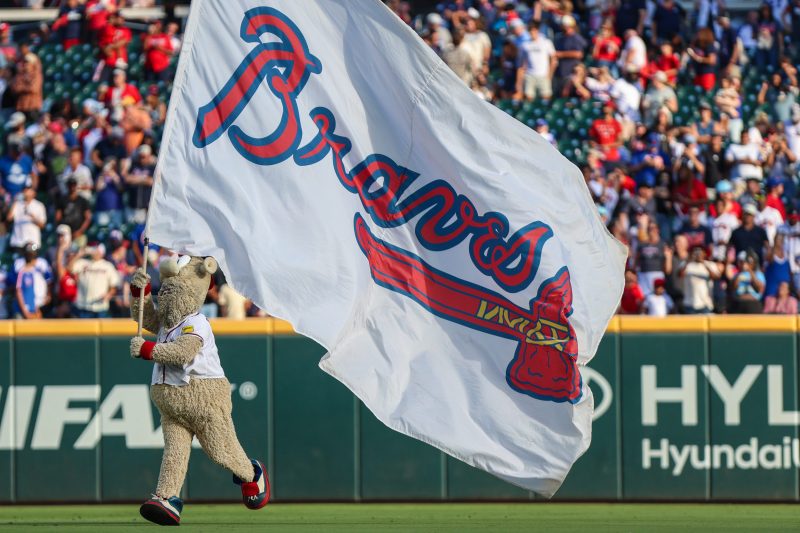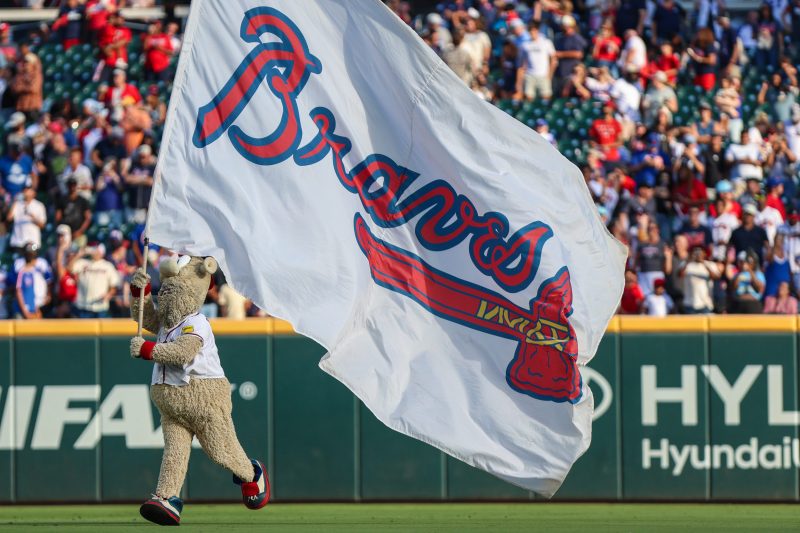
- Not all MLB managerial jobs are equal, with factors like payroll, ownership, and team development greatly influencing success.
- The Atlanta Braves position is ranked as the most desirable due to its history of stability and a roster poised for a quick turnaround.
- Several teams, including the Giants, Orioles, and Rangers, offer opportunities with a mix of established talent and questions about future spending.
At some point in the next several weeks, a Major League Baseball franchise will hire a manager, and the new guy will look into a sea of cameras, wide-eyed, and proclaim his gratitude, since there are only 30 of these jobs in the world.
Yet not all are created equal.
As many of the nine managers either shown the door or escorted into retirement this year can tell you, some gigs are set up for failure from the day pitchers and catchers report. A lack of payroll support, dysfunctional ownership and poor draft-and-development apparatuses can put a skipper – often the only public-facing management figure for almost the entire season – into a hole he cannot escape.
With that, USA TODAY Sports ranks the eight remaining vacancies, with a pair of interim candidates still twisting and a handful more that could emerge as the playoff shakeout continues:
1. Atlanta Braves
You want stability? Here’s a list of Braves managers from 1991-2025:
Bobby Cox.
Fredi Gonzalez.
That’s it. You’ll see the Los Angeles Angels a bit lower on this list and consider that from 2018-2025, they cycled through five guys (Mike Scioscia, Brad Ausmus, Joe Maddon, Phil Nevin and Ron Washington.)
Yes, Atlanta remains a paragon of stability and, more important, a true turnkey operation for the new guy. Their late-season resurgence suggested this 86-loss season is an aberration easily fixed by improved health and modest reinforcements. GM Alex Anthopoulos is one of the best to work for, determined to improve the club at any time of year.
And while their corporate ownership won’t ever go Steve Cohen on the market, they typically recognize when greater investment in the major league roster will provide returns for their many interests surrounding the ballclub.
2. San Francisco Giants
The Giants have had just one winning season since 2017, a lower-tier farm system and ownership that is desirous of winning but whose outlay will still be dwarfed by the division rival Dodgers (and sometimes the Padres). That they rank so high on this list speaks to the highly imperfect situations a prospective manager will inherit in 2026.
Still, they’re not far off, with 79- to 81-win seasons the past four years. They invested $182 million in shortstop Willy Adames and inherited more than $250 million in salary from the Rafael Devers trade, and both power-hitting infielders should be better-acclimated to their pitcher-friendly park next season.
The jury’s still out on operations president Buster Posey, but he’s at least proven to be aggressive and proactive. If the club opts not to reunite with Bruce Bochy, it will mark a clean break from the 2010s glory years that seemed to cast a shadow over former managers Gabe Kapler and, to a lesser extent, the recently fired Bob Melvin.
3. Baltimore Orioles
They won 101 games in 2023 and 91 the year after and the core that did most of that heavy lifting is still young, reinforced by even more kids on the come-up.
The big questions: Is the regression, some of it injury-related, experienced by Gunnar Henderson, Adley Rutschman, Jordan Westburg and Co. temporary, or a more accurate representation of who they are? Will the next wave of catcher Samuel Basallo and outfielder Dylan Beavers pan out? And how deep is owner David Rubenstein willing to dig into his pockets to improve it all?
There’s a sense the Orioles are set up to finish second or third on any major free agent and will probably need to overpay to convince a pitching stud or lineup linchpin to come to Baltimore. Still, president Mike Elias proved he could build a club to win the AL East. Taking the next step has proven more challenging, but this is a relatively strong situation to step into.
4. Texas Rangers
This would typically be a better situation than Baltimore and on par with upper middle class opportunities like the Giants’, but the current arc of the Rangers bends toward mediocrity.
The club slogged through 78- and 81-win seasons after its 2023 World Series championship, and now the team must pay for the decline years of shortstop Corey Seager (32 in April, due $189 million through 2031) and second baseman Marcus Semien (35, $78 million through 2028).
Those guys will remain viable players for much of their remaining terms, but the occasionally stalled progress of young players such as outfielder Evan Carter and pitchers Kumar Rocker and Jack Leiter have held back the operation. A greater concern is the future of the club’s TV revenue, and whether it can maintain the level of spending that produced the franchise’s first championship.
Still, a functional front office helmed by Chris Young and a fan base that remains relatively energized will keep this job in the upper half of major league desirability.
5. Minnesota Twins
Well, this sure fell off a cliff in a hurry.
A franchise steeped in debt that dumped 10 players at the trade deadline just announced it’s not going to sell the team but rather seek new investors. Can’t imagine this is a good thing.
The firing of Rocco Baldelli seemed almost merciful at this point, as the club digressed from playoff appearances in 2019, 2020 and 2023 to 82 wins in 2024 and 70 this year. Pitchers Pablo Lopez and Joe Ryan provide a base for the club to aim for relevance in an AL Central that’s always winnable, but it seems far more likely they’ll be sold off like Carlos Correa and Co. If nothing else, pragmatic club president Derek Falvey will recognize the situation and likely afford a manager decent runway.
6. Washington Nationals
The club just introduced new president Paul Toboni to run baseball operations, providing a needed reset for a club that fell behind in drafting and development under a Mike Rizzo regime that produced five playoff appearances in the 2010s but more losses than anyone but the Rockies in the 2020s.
Yet everything is systemic, and the doddering ownership group in place for the franchise downfall remains intact. Even if the 35-year-old Toboni – who crafted an impressive rise through the Red Sox organization the past decade – remakes the infrastructure, it’s very much an open question whether the club will spend on high-end reinforcements when the time is right.
7. Colorado Rockies
They go for disruptive change at Coors Field about as deftly as a tugboat makes a three-point turn. So don’t be too surprised if young Warren Schaeffer hangs onto the job full-time after a decent interim run in which the club lost only 119 games after trending toward smashing the White Sox’s year-old mark of 121 losses.
Still, the club did announce Tuesday, Oct. 1, the departure of GM Bill Schmidt, who said in a statement released by the club that ‘better seasons are ahead for the Rockies and our great fans, and I look forward to seeing it come to life in the years ahead.’
Yet like the situation in Washington, the Rockies very much remain a family affair. And both the new baseball ops chief and manager would eventually run into the machinations of the Monfort Clan. For the past seven years, that means a record of 402-629.
(Oh: And they still haven’t figured out how to grow players to pitch at Coors Field).
8. Los Angeles Angels
See above for the utter lack of managerial stability.
Beyond that, the club still faces a decision on GM Perry Minasian, yet at the same time, what does it matter? Perhaps no owner has had as rough a stumble the past couple decades as Arte Moreno, who, left to his own devices, has stretched a playoff drought to 11 years while cycling through five-year plans that have produced 10 consecutive losing seasons.
Help on the way? Heh. Minasian’s obsession with drafting majors-ready college players – many of them with a lower ceiling, as a result – has backfilled the big league roster yet left the farm system ranked 27th by MLB Pipeline and 28th by ESPN. That’s almost hard to do when you’re always selecting in the upper half of the draft.
At least Anthony Rendon’s $245 million contract finally expires after 2026. But even if that inspires Moreno to loosen the purse strings, Anaheim’s attraction as a free agent destination has significantly dimmed.

